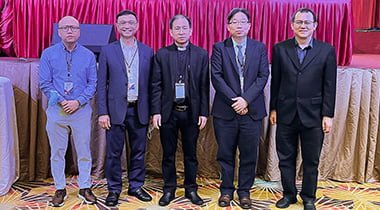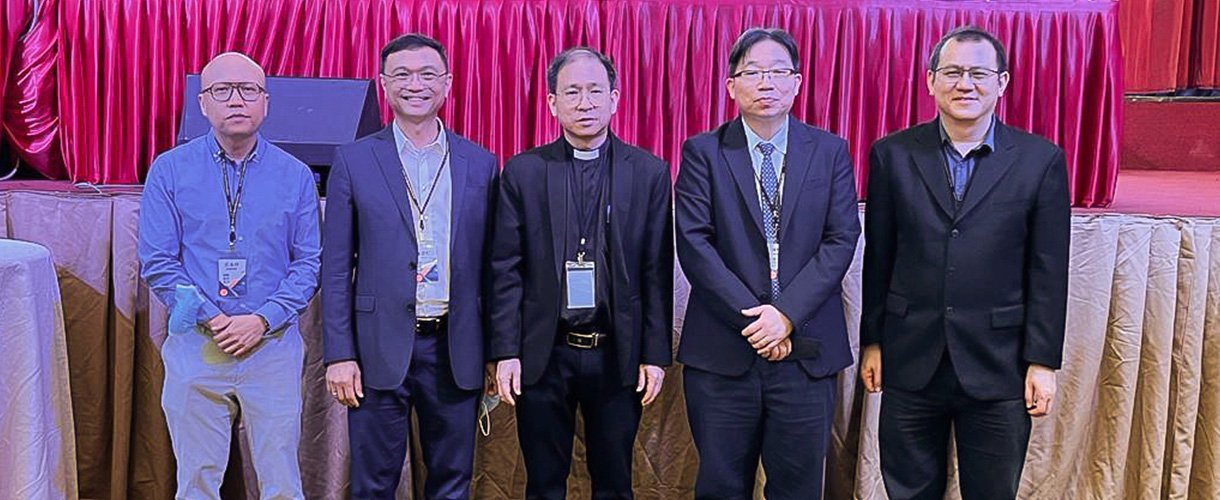会友事工

会友事工

目标:
通过推出两个Mobile App/移动应用程序:
- CAC Methodist Membership App/卫理会员应用和卫理商务网络
- Methodist Business Network (MBN)
E-Methodist 事工旨在实现“4C”愿景:


目标:
- 在CAC下建立204个教堂之间的无缝连接。
策略:
- CAC卫理会员应用将保持教会成员的准确记录,没有重复。
- 实施分层访问系统,允许在教堂,区域和会议级别访问数据。
- 确保实时更新功能,以便立即在所有平台上反映数据。
预期结果:
- 授权层次可以寻查准确和独特的会员记录。
- 改善CAC教会之间的沟通和参与。
目标:
- 促进有效的沟通和信息传播。
策略:
- 在应用中整合活动和日历功能,允许教堂推广和分享各自的活动。
- 创建一个公告功能,使领导层能直接与教堂成员沟通。
预期结果:
- 提高了对所有层面的教堂活动和倡议的认识和参与。


目标:
- 促进教堂之间的协同合作,以更有效地使用事工和资源。
策略:
- 实现一个平台,让教堂可以计划,讨论和协调联合活动和倡议。
- 引入AI工具来分析和根据教堂的历史数据和未来计划提出协作机会。
预期结果:
- 减少了重复的努力和资源,从而导致更有效和有影响的事工工作。
目标:
- 优化资源分配和利用。
策略:
- 开发一个系统,让教堂可以有效地共享和分配资源,由AI工具支持,这些工具帮助识别和管理这些资源。
- 在应用内为教堂创建一个论坛或平台,讨论和同意资源整合计划。
预期结果:
- 高效的资源使用和分配,从而节省成本并提高事工效果。








